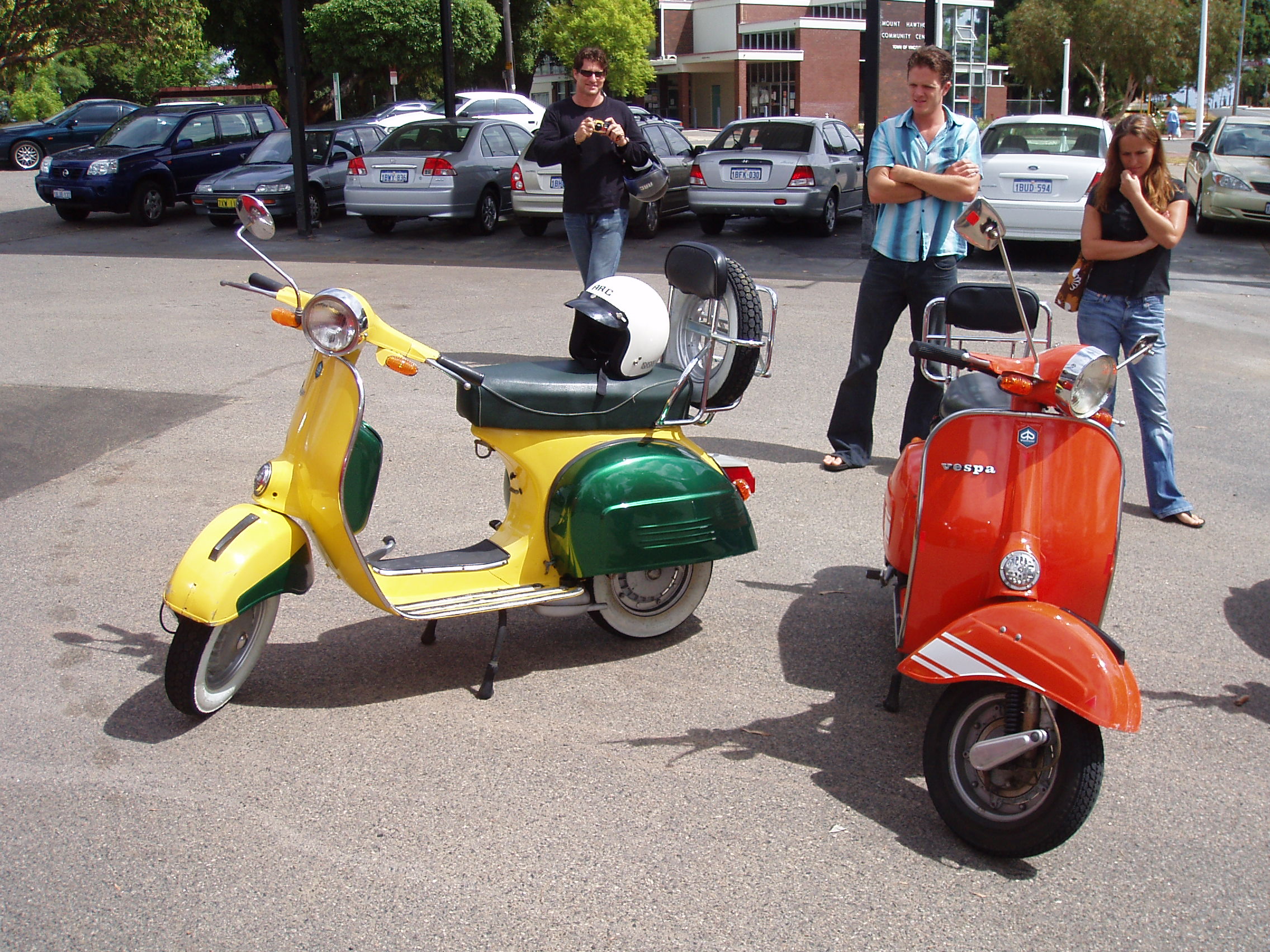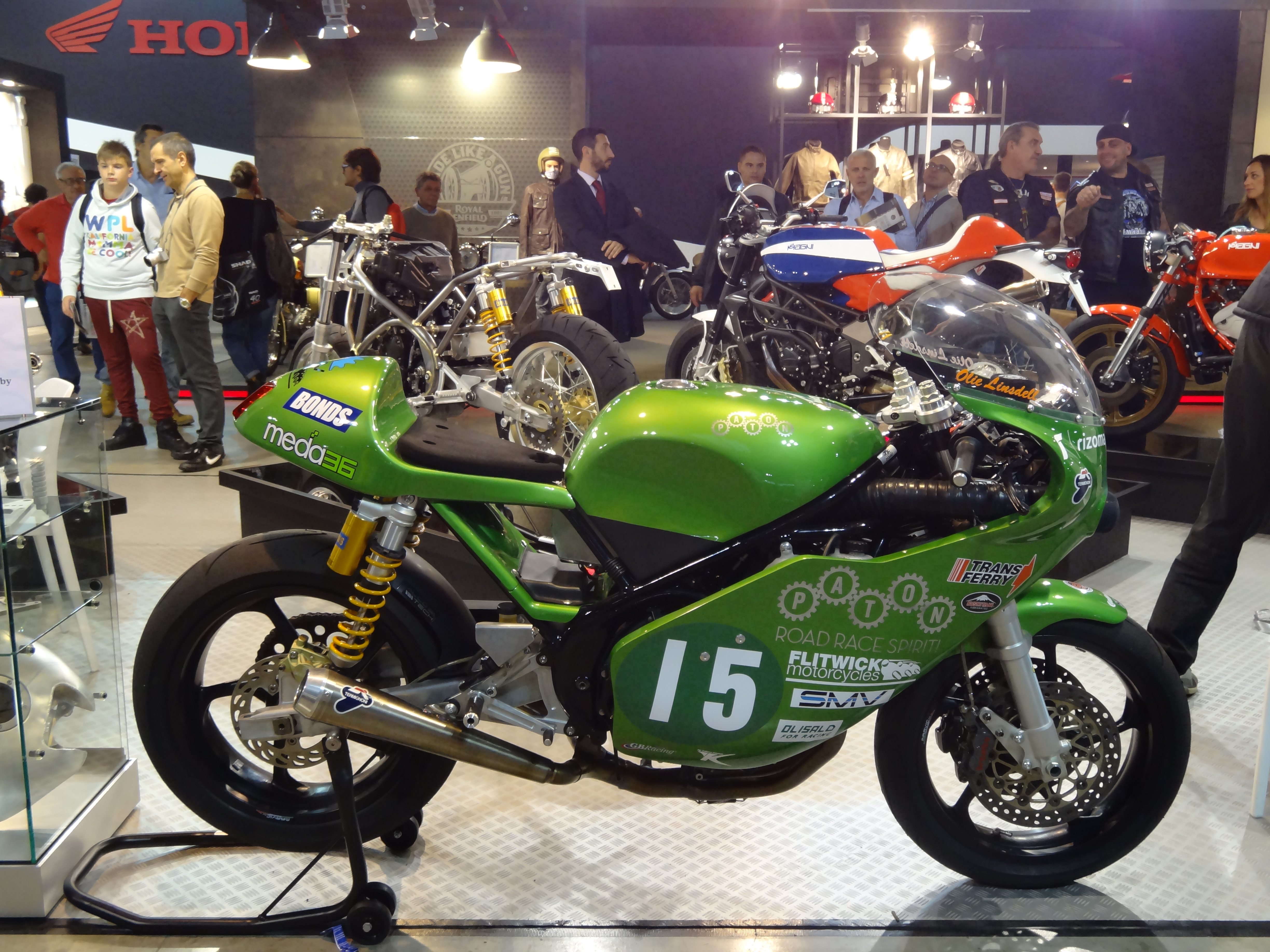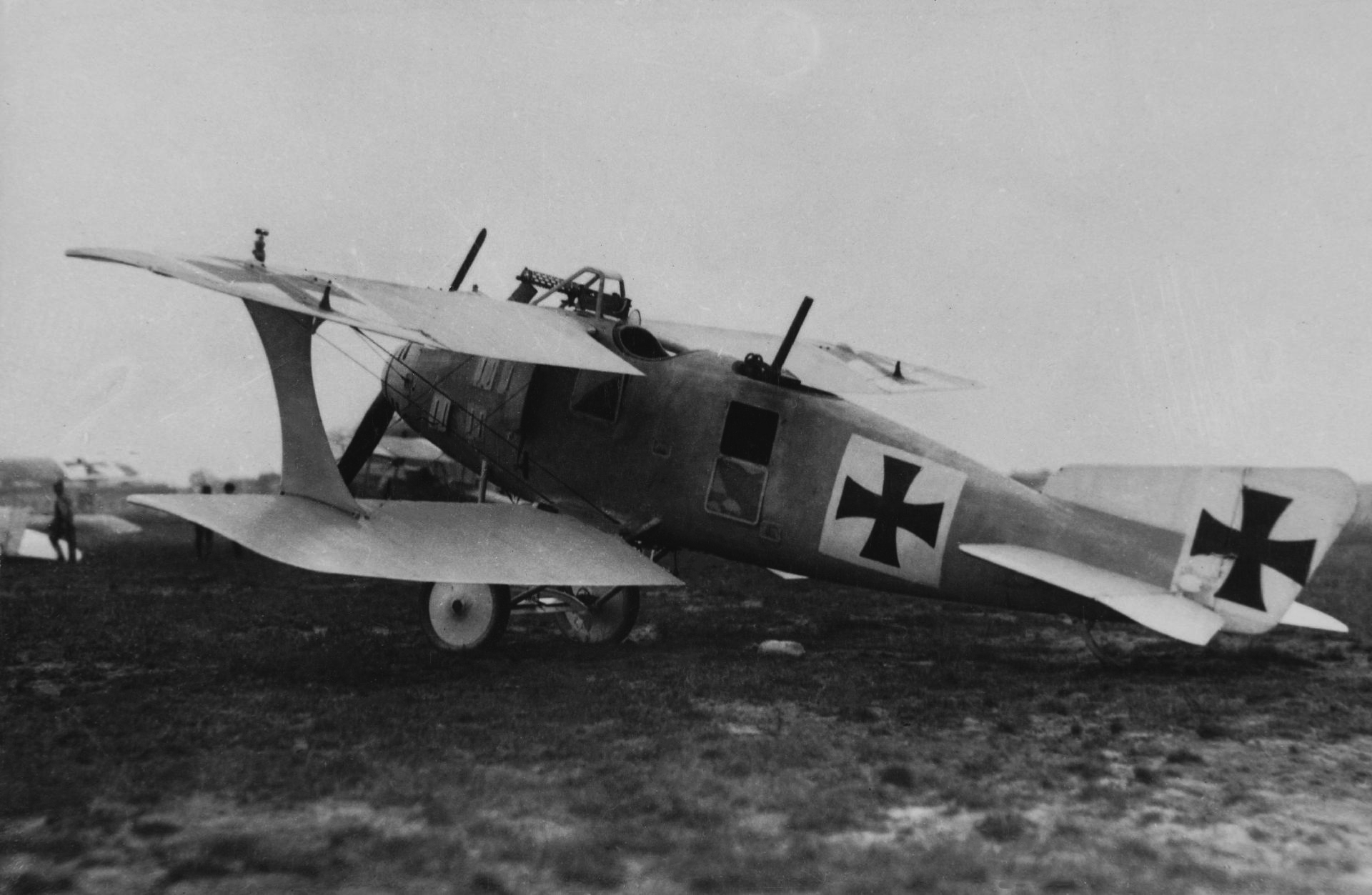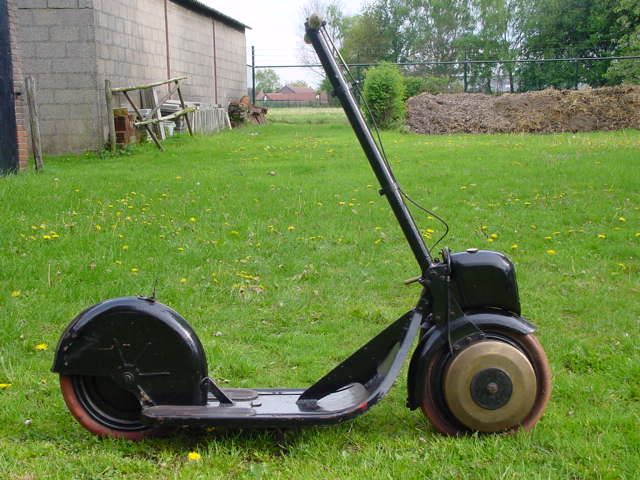|
Vespa Cosa
The Vespa Cosa is a model of scooter produced by Piaggio under the Vespa brand. It was in production from 1988 to 1993. History The Vespa Cosa was initially to be called the Vespa R (standing for ''Rinnovata'', meaning "renewed"). It was unveiled at the Milan Motorcycle Show in 1987. The Cosa is a direct successor to the Vespa PX series, and although the internal workings are largely similar, it came with newly developed gearbox that was a significant improvement upon the gearbox that had previously been used in the PX series. The PX series was still in production at the time, however, and has continued production even after Cosa production was discontinued. Other improvements upon the PX series included storage space beneath the seat and anti-lock brakes on the front wheel. More controversially, it was also the first Vespa to utilise a significant amount of plastic parts in addition to the traditional monocoque pressed steel frame. The series is broadly divided into two generat ... [...More Info...] [...Related Items...] OR: [Wikipedia] [Google] [Baidu] |
Scooter (motorcycle)
A scooter (motor scooter) is a motorcycle with an underbone or step-through frame, a seat, a transmission that shifts without the operator having to operate a clutch lever, a platform for their feet, and with a method of operation that emphasizes comfort and fuel economy in automobiles, fuel economy. Elements of scooter design were present in some of the earliest motorcycles, and motor scooters have been made since at least 1914. More recently, scooters have evolved to include scooters exceeding 250cc classified as Maxi-scooters. The global popularity of motor scooters dates from the post-World War II introductions of the Vespa and Lambretta models in Italy. These scooters were intended to provide economical personal transportation (engines from ). The original layout is still widely used in this application. Scooter (motorcycle)#Maxi-scooter, Maxi-scooters, with larger engines from have been developed for Western markets. Scooters are popular for personal transportation par ... [...More Info...] [...Related Items...] OR: [Wikipedia] [Google] [Baidu] |
Piaggio
Piaggio Group () is an Italian motor vehicle manufacturer, which produces a range of two-wheeled motor vehicles and compact commercial vehicles under five brands: Piaggio, Vespa, Aprilia, Moto Guzzi and Derbi. Its corporate headquarters are located in Pontedera, Italy. The company was founded by Rinaldo Piaggio in 1884, initially producing locomotives and railway carriages. Piaggio Group's subsidiaries employ a total of 7,053 employees and produced a total of 519,700 vehicles in 2014. The manufacturer has six research-and-development centres and operates in over 50 countries. History In 1882, Enrico Piaggio purchased land in Sestri Ponente (Genoa) to set up a timber yard. Two years later, in 1884, his 20-year-old son, Rinaldo Piaggio (1864–1938), founded Piaggio & C. The company initially built locomotives and railway carriages. In 1917, towards the end of World War I, Rinaldo Piaggio turned to the military sector: The company started to produce MAS anti-submarine ... [...More Info...] [...Related Items...] OR: [Wikipedia] [Google] [Baidu] |
Vespa
Vespa () is an Italian brand of scooters and mopeds manufactured by Piaggio. The name means wasp in Italian. The Vespa has evolved from a single model motor scooter manufactured in 1946 by Piaggio & Co. S.p.A. of Pontedera, Italy, to a full line of scooters and one of seven companies today owned by Piaggio. From their inception, Vespa scooters have been known for a painted, pressed steel body which combines, in a unified structure: a full cowling enclosure around the engine concealing dirt or grease, a flat floor panel protecting the feet, and a prominent front fairing to divert wind and rain. History After World War II, in light of its agreement to cease war activities with the Allies, Italy had its aircraft industry severely restricted in both capability and capacity. Piaggio emerged from the conflict with its Pontedera bomber plane plant demolished by bombing. Italy's crippled economy, and the disastrous state of its roads, were not immediately conducive to the re ... [...More Info...] [...Related Items...] OR: [Wikipedia] [Google] [Baidu] |
EICMA
EICMA (''Esposizione Internazionale Ciclo Motociclo e Accessori''), or the Milan Motorcycle Shows is an annual trade show in Milan, Italy featuring motorcycles. The 2018 show drew over half a million visitors and more than 1,200 exhibiting brands. The show is frequently used by manufacturers to debut new models. Organised by EICMA, editions take place every year in Milan, Italy and last for six days in total. Fiera Milano Rho admits trade visitors for the first two days and then is open for the general public on the latter four days. Opening hours for trade visitors are from 08:30 on the first day and 09:00 on the second until 18:30 for both days. For the general public, opening hours start from 09:30 for all days until 18:30. The only exception is the fourth day, when closing time is at 22:00. References External links EICMA Official Website Motorcycle shows Trade fairs in Italy Autumn in Italy {{motorcycle-stub ... [...More Info...] [...Related Items...] OR: [Wikipedia] [Google] [Baidu] |
Vespa PX
The Vespa P/PX Series is a range of scooters manufactured by Piaggio under the Vespa brand. History The Vespa PX was first presented in 1977 in Milan as the ''nuova linea'' model (new line). The Vespa was built with two drum brakes, a single-cylinder air cooled engine (aluminum head) and a steel chassis, but has been improved with a new front suspension and a revised rear axle for more stability. It was distributed as Vespa P 125 X and as Vespa P 200 E with an electronic ignition (E for Elettronica) and since 1978 as Vespa P 150 X. The PX 80 appeared in 1981 exclusively for the German market. This electronic ignition was introduced to the other models, which then were called Vespa PX125E and Vespa PX150E, and in 1982 the Vespa P 200 E was called Vespa PX200E. In 1982, the Arcobaleno series was introduced (marketed outside of Italy as the Lusso series) with technological innovations such as separate lubrication and fuel gauges. In addition, the front brake pads were made to be ... [...More Info...] [...Related Items...] OR: [Wikipedia] [Google] [Baidu] |
Monocoque
Monocoque ( ), also called structural skin, is a structural system in which loads are supported by an object's external skin, in a manner similar to an egg shell. The word ''monocoque'' is a French term for "single shell". First used for boats, a true monocoque carries both tensile and compressive forces within the skin and can be recognised by the absence of a load-carrying internal frame. Few metal aircraft other than those with milled skins can strictly be regarded as pure monocoques, as they use a metal shell or sheeting reinforced with frames riveted to the skin, but most wooden aircraft are described as monocoques, even though they also incorporate frames. By contrast, a semi-monocoque is a hybrid combining a tensile stressed skin and a compressive structure made up of longerons and ribs or frames. Other semi-monocoques, not to be confused with true monocoques, include vehicle unibodies, which tend to be composites, and inflatable shells or balloon tanks, both of whi ... [...More Info...] [...Related Items...] OR: [Wikipedia] [Google] [Baidu] |
Vespa T5
The Vespa T5 was a 125cc, single cylinder, 2 stroke scooter which was manufactured in the 1985-1999 period by Piaggio.The name "T5" referred to the 5 transfer ports of its engine case. Engine The Vespa T5 was a true sporting scooter featuring: * a 5 port aluminum cylinder design with Nikasil plating * a squarish (55 x 52 mm) and lightweight piston design * a lightened flywheel * a shorter 24mm carburetor (Dell'Orto 24/24 G) The T5 exceeded a top speed of per hour, as standard, and compared favorably to the Vespa PX200; but its dependence on higher revs and relative lack of torque made it pale in adverse conditions, and/or with a pillion. In the UK, and some entry-level Spanish and Italian models, premixing of 2 stroke oil was required; on French and German (and as an option in others) markets, autolube was standard, and accompanied by an electric start setup not available on base models. The Vespa T5 had CDI ignition. Depending on the market, it either had no batt ... [...More Info...] [...Related Items...] OR: [Wikipedia] [Google] [Baidu] |
French Kiss
A French kiss, also known as cataglottism or a tongue kiss, is an amorous kiss in which the participants' tongues extend to touch each other's lips or tongue. A kiss with the tongue stimulates the partner's lips, tongue and mouth, which are sensitive to the touch and induce sexual arousal. The sensation when two tongues touch—also known as tongue touching—has been proven to stimulate endorphin release and reduce acute Stress (psychological), stress levels. Extended French kissing may be part of making out. The term originated at the beginning of the 20th century in America and Great Britain, as the French had acquired a reputation for more adventurous and passionate sex practices. French kissing may be a mode for disease transmission, particularly if there are open wounds. Description A French kiss is an amorous kiss in which the participants' tongues extend to touch each other's lips or tongue. A tongue kiss stimulates the partner's lips, tongue and mouth, which are sensi ... [...More Info...] [...Related Items...] OR: [Wikipedia] [Google] [Baidu] |
I Ragazzi Della 3ª C
''I ragazzi della 3ª C'' is an Italian teen comedy television series. Plot The TV series, set in Italy in the 1980s, tells the story of a class at "Leopardi" high school in Rome, on the way to the final exams. It consists of three seasons for a total of 33 episodes broadcast from 1987 to 1989 on Italy 1, TV station of Fininvest (now Mediaset). See also *List of Italian television series The following is a list of television series produced in Italy. # * ''1992'' * '' 1993'' * ''1994'' * '' 48 ore'' * '' 7 vite'' A * '' Adrian'' * '' Al di là del lago'' * '' AleX'' * '' Le ali della vita'' * '' All Stars'' * '' All'ultimo mi ... External links * Italian television series Italia 1 original programming Television shows set in Rome {{Italy-tv-prog-stub ... [...More Info...] [...Related Items...] OR: [Wikipedia] [Google] [Baidu] |
Motor Scooters
A scooter (motor scooter) is a motorcycle with an underbone or step-through frame, a seat, a transmission that shifts without the operator having to operate a clutch lever, a platform for their feet, and with a method of operation that emphasizes comfort and fuel economy. Elements of scooter design were present in some of the earliest motorcycles, and motor scooters have been made since at least 1914. More recently, scooters have evolved to include scooters exceeding 250cc classified as Maxi-scooters. The global popularity of motor scooters dates from the post-World War II introductions of the Vespa and Lambretta models in Italy. These scooters were intended to provide economical personal transportation (engines from ). The original layout is still widely used in this application. Maxi-scooters, with larger engines from have been developed for Western markets. Scooters are popular for personal transportation partly due to being more affordable, easier to operate, and mor ... [...More Info...] [...Related Items...] OR: [Wikipedia] [Google] [Baidu] |
Piaggio Vespa
Vespa () is an Italian brand of scooters and mopeds manufactured by Piaggio. The name means wasp in Italian. The Vespa has evolved from a single model motor scooter manufactured in 1946 by Piaggio & Co. S.p.A. of Pontedera, Italy, to a full line of scooters and one of seven companies today owned by Piaggio. From their inception, Vespa scooters have been known for a painted, pressed steel body which combines, in a unified structure: a full cowling enclosure around the engine concealing dirt or grease, a flat floor panel protecting the feet, and a prominent front fairing to divert wind and rain. History After World War II, in light of its agreement to cease war activities with the Allies, Italy had its aircraft industry severely restricted in both capability and capacity. Piaggio emerged from the conflict with its Pontedera bomber plane plant demolished by bombing. Italy's crippled economy, and the disastrous state of its roads, were not immediately conducive to the redev ... [...More Info...] [...Related Items...] OR: [Wikipedia] [Google] [Baidu] |





